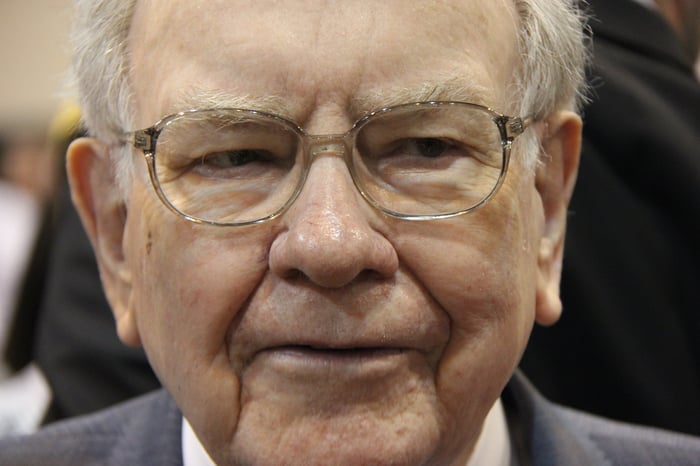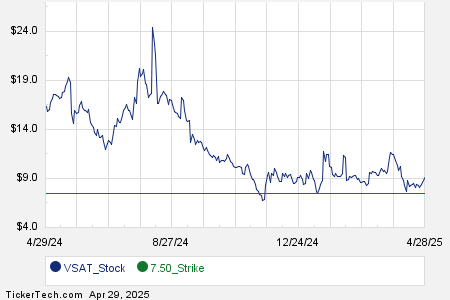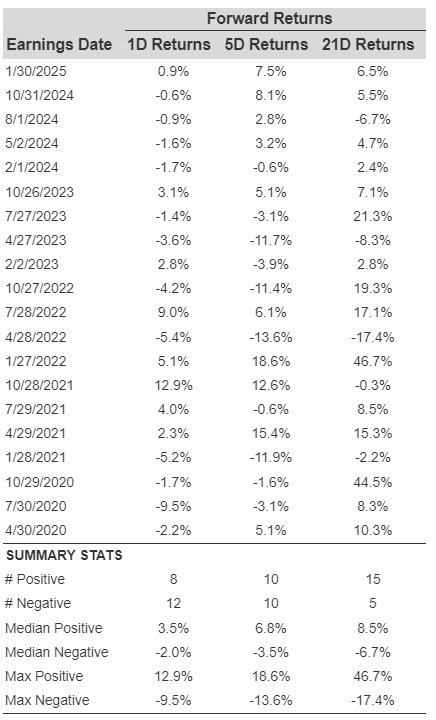“`html
Berkshire Hathaway’s Annual Meeting: Insights and Investment Moves
Approximately 40,000 Berkshire Hathaway (NYSE: BRK.A) (NYSE: BRK.B) shareholders will gather in Omaha, Nebraska, on the first weekend of May. This annual meeting, led by CEO Warren Buffett, offers investors a chance to pose questions about both Berkshire Hathaway and the broader Stock market.
Before diving into the Q&A session, which often spans several hours, Buffett tends to share key financial results from the company’s first quarter. Investors anticipate that these statements will reveal a rise in one of Buffett’s most significant investment holdings, prompting related questions during the event on May 3.
First Quarter Financial Insights
Shareholders will have to wait until May 15 for Berkshire Hathaway’s comprehensive portfolio disclosure for the end of Q1. However, preliminary indications suggest notable investment activity by Buffett and his team in early 2023.
Recent SEC filings show that in January and February, Buffett added to his positions in Verisign, Sirius XM, and Occidental Petroleum, totaling approximately $93.5 million. The filings also reveal that Berkshire divested about $147.7 million worth of DaVita to keep its ownership percentage below 45%.
Furthermore, Buffett increased his stakes in five Japanese trading houses, which amounted to approximately $2.7 billion. However, significant additional purchases have not been widely reported, given that the S&P 500 was close to an all-time high at the beginning of the year and generally maintained that level until mid-February.
After a pullback in March, stock prices remained relatively stable, while large-cap stocks have retained high valuations. As a result, Buffett has mostly refrained from substantial buying over the past two years and halted share repurchases of Berkshire Hathaway.
Rising Cash Reserves and Treasury Holdings
Despite the restraint in new acquisitions, Berkshire Hathaway’s portfolio generates considerable cash flow through dividends. Its wholly owned businesses contribute even greater operational income. This cash flow leads to the necessity for profitable deployment, suggesting that Buffett may have increased his substantial holdings in Treasury bills.
As of the fourth quarter, Berkshire owned around $300.9 billion in Treasury bills, alongside $33.3 billion in cash. Many investors have been anticipating a major investment from Buffett but it appears there has not been significant action in the first quarter.
However, Buffett benefits from patience, as six-month Treasury bills offered an average yield of 4.3% during Q1, translating to about $3.2 billion per quarter from current holdings.
Opportunities for Individual Investors
Buffett now faces a challenge: the size of Berkshire Hathaway’s portfolio means he can only focus on a small number of investments that warrant his detailed analysis. For a stock to significantly impact Berkshire, it must be capable of absorbing billions in investment, limiting Buffett’s choices.
Conversely, individual investors do not need large amounts to make an impact. A few thousand dollars may suffice for most, enabling access to a broader array of investment opportunities. Buffett’s recent activity indicates that numerous attractive options exist in smaller companies.
Notably, Buffett has concentrated on companies with market capitalizations ranging from $15 billion to $50 billion. Meanwhile, he has been divesting from larger companies as their valuations rose. Investors seeking value should explore mid-cap and small-cap stocks; both the small-cap S&P 600 and mid-cap S&P 400 trade at significantly lower valuations compared to the large-cap S&P 500.
Investors can emulate Buffett’s strategy by choosing individual stocks in smaller companies with favorable valuations or by investing in index funds targeting small- or mid-cap indices or the equal-weight S&P 500.
In his 2024 letter to shareholders, Buffett stated, “Berkshire will never prefer ownership of cash-equivalent assets over the ownership of good businesses.” While opportunities for Berkshire to invest in good businesses may be limited, smaller investors have numerous pathways to success.
Evaluating an Investment in Berkshire Hathaway
Before committing to buy shares in Berkshire Hathaway, consider the current landscape:
While Berkshire Hathaway has its merits, it’s worth noting that the Motley Fool Stock Advisor analyst team has highlighted what they see as the 10 best stocks to buy right now—which do not include Berkshire Hathaway. The recommended stocks are anticipated to yield substantial returns in the coming years.
For context, when Netflix made this list on December 17, 2004, a $1,000 investment would now be valued at approximately $598,818! Similarly, Nvidia, which made the list on April 15, 2005, would yield about $666,416 on the same initial investment.
Stock Advisor’s total average return stands at an impressive 872%, surpassing the S&P 500’s 160%.
Adam Levy does not hold positions in any of the stocks mentioned. The Motley Fool has positions in and recommends Berkshire Hathaway and Verisign. The Motley Fool also recommends Occidental Petroleum and maintains a disclosure policy.
The views and opinions expressed herein are the views and opinions of the author and do not necessarily reflect those of Nasdaq, Inc.
“`



